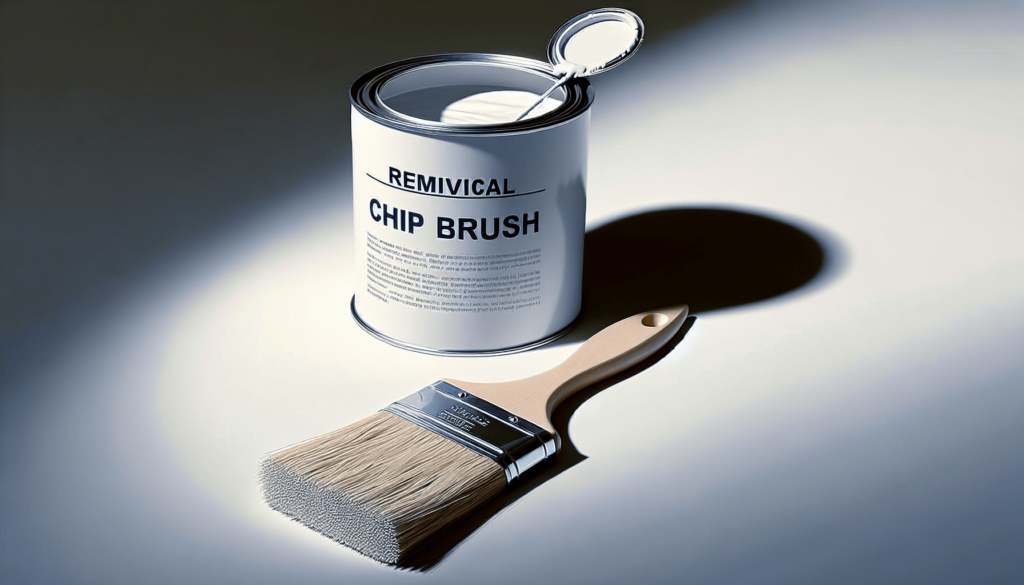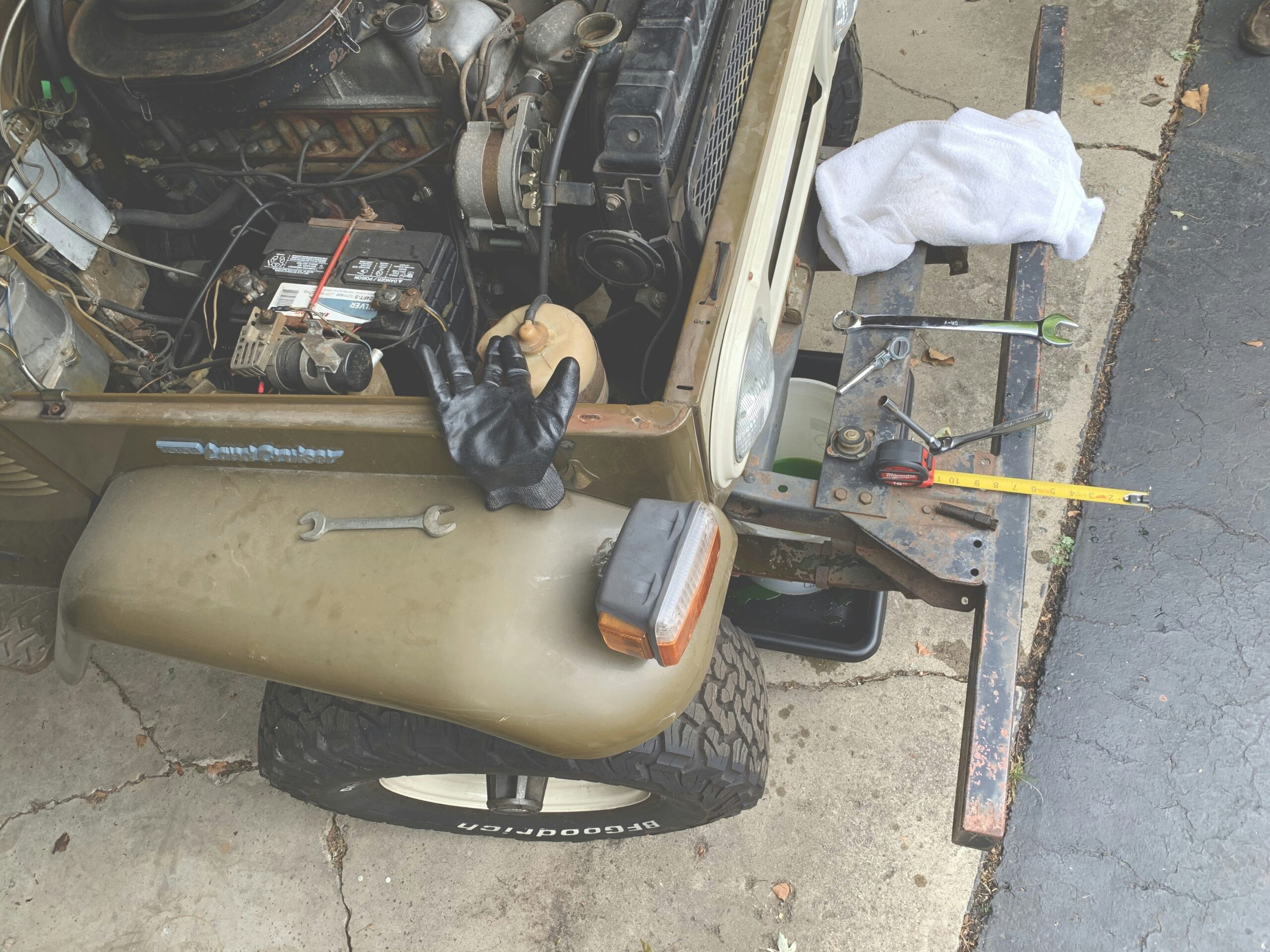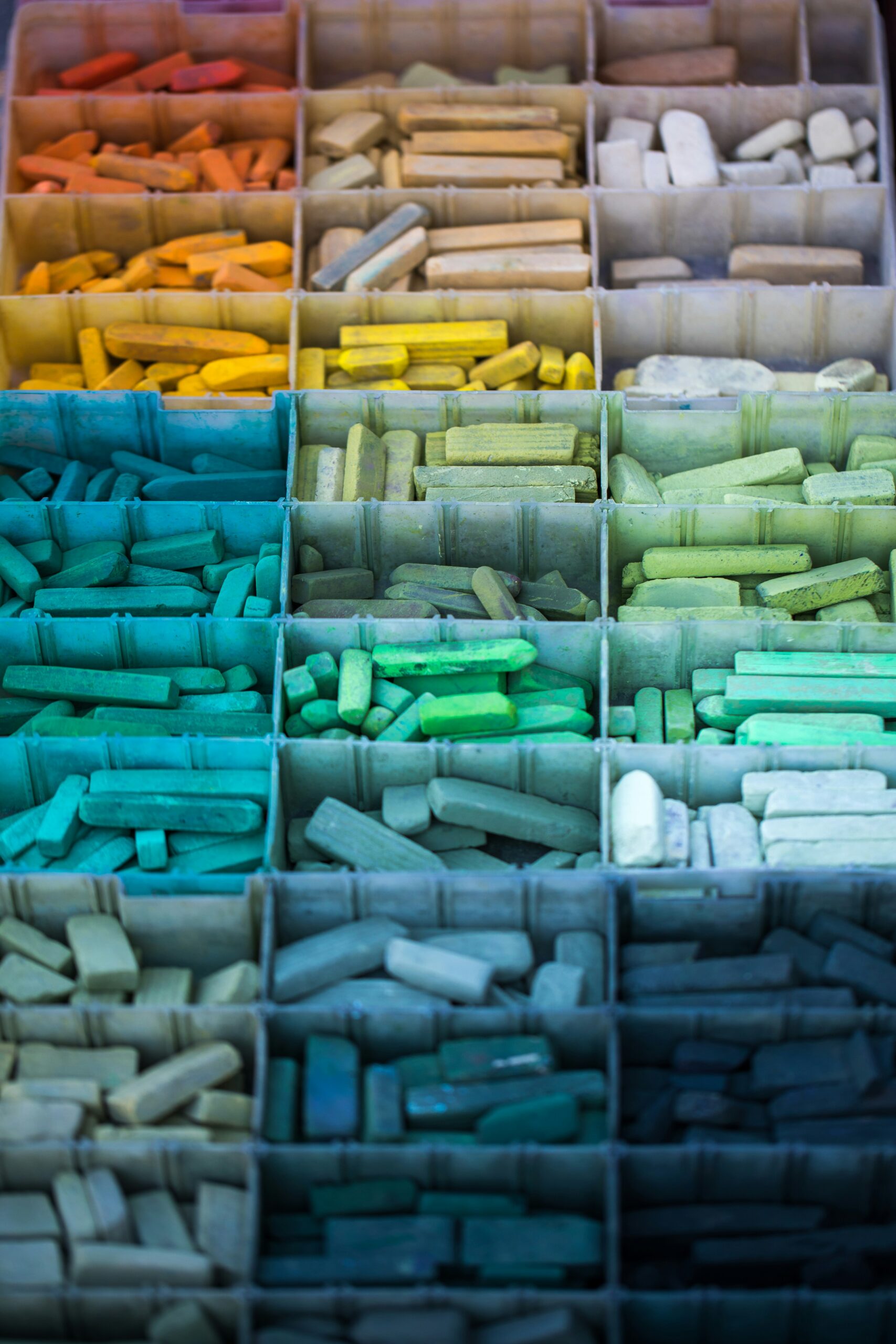Discover the multifaceted world of painting with a chip brush as we unveil its wide-ranging potential. As an artist or DIY enthusiast, you may often doubt the usability of chip brushes in achieving a seamless paint job. Nonetheless, this piece will shed some light on that uncertainty, educating you on the do’s and don’ts, and unlocking valuable insights that promote your artistic liberty. Your understanding of painting with a chip brush is about to experience a beneficial transformation. In this article, we’ll explore tips, tricks, and techniques that can amplify your skills and elevate your craft.
What is a Chip Brush?
Definition
A chip brush, also known as a utility or duster brush, is a type of paintbrush extensively used in home improvement and art projects. Named due to their traditional use in removing loose chips and debris from surfaces, chip brushes now serve a more versatile role. They are favored for their affordability and the simplicity of their design.
Characteristics
Chip brushes typically have wooden handles, tin or plastic ferrules, and natural or synthetic bristles. The bristles are often unevenly cut at the end, providing a rough edge that is ideal for creating textured effects. They usually range in size from 0.5 to 3 inches wide, making them suitable for a variety of tasks. However, they are not intended for detailed or precision work due to their coarser bristle structure.
Appropriate Uses for a Chip Brush
Painting Large Surfaces
Due to their width, chip brushes are excellent for painting large surface areas. Their rough-edge bristles distribute paint evenly while adding a slightly textured finish, lending a more rustic or vintage feel to the painted object or wall.
Applying Stains and Sealants
Chip brushes are ideal for applying stains, varnishes, and sealants. Its bristles can hold a substantial amount of product, which can then be spread evenly over the surface.
Creating Texture or Distressing Effects
If the goal is to create a distressed or textured look, chip brushes are a fantastic tool. The unevenly cut bristles apply paint irregularly, creating a unique texture that can amplify the appearance of wood grain or add an antiqued effect to any surface.

Choosing the Right Chip Brush
Bristle Material
The bristle material can greatly affect how the brush performs. Natural bristles, often made of hog hair, are soft and flexible, making them a good choice for oil-based paints and stains. Synthetic fibers, like nylon or polyester, are durable, and they work well with water-based paints.
Brush Width
The width of the brush is also crucial. Larger brushes, typically over 2 inches wide, are ideal for painting large surfaces, while smaller brushes are more suited to smaller tasks and intricate sections.
Handle Design
The handle design can also factor into the comfort and control you have over the brush. A brush with an ergonomic handle can be held comfortably for long periods, which can make all the difference when painting or staining larger projects.
Preparation for Painting
Surface Cleaning
Before applying any paint or stains, it is essential to thoroughly clean the surface to remove dust, dirt and debris. This ensures a smooth application and prevents imperfections on the final finish.
Priming
Priming is a necessary step, especially when painting over a rough or porous surface. Primer provides a smooth surface for paint to adhere to, and it can also protect the underlying material.
Choosing the Right Paint
The choice of paint is crucial in achieving the desired outcome. Water-based paints are quick-drying and easy to clean up, while oil-based paints are durable and provide a glossy finish. The application method can also differ between paint types, so it’s important to read the application instructions on the paint can.

Techniques for Painting with a Chip Brush
Proper Brush Loading
When you dip your brush into the paint, be sure not to overload the bristles. An overloaded brush can lead to drips and uneven application. Instead, dip your brush halfway and tap off the excess paint on the side of the paint can or paint tray.
Brush Strokes and Direction
The direction of your brush strokes can greatly impact the final look of your paint job. Wherever possible, try to keep your brush strokes all in the same direction.
Blending and Feathering
To blend colors or create a soft transition, you can use the feathering technique. This involves lightly dragging your brush over the wet paint to spread and blend the paint.
Maintenance and Care
Cleaning the Brush
Cleaning your chip brush thoroughly after each use will extend its lifespan and maintain its performance. The cleaning method will depend on the type of paint you used. Water-based paints can be cleaned with warm soapy water, while oil-based paints will require a specialized paint cleaner.
Storing and Drying
Once your brush is cleaned, it should be stored properly to prevent deformation of the bristles. This usually involves allowing the brush to dry naturally and then storing it flat or hanging with the bristles downwards.
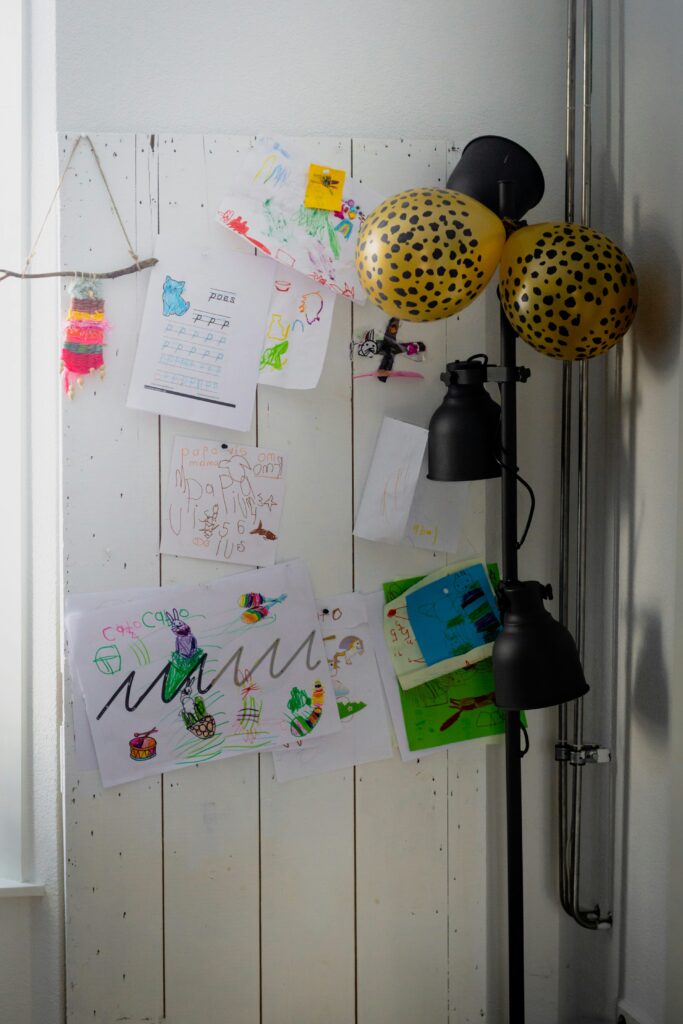
Benefits of Using a Chip Brush
Affordability
One of the significant advantages of chip brushes is their affordability. They usually cost less than other types of brushes, making them an economical choice especially for large or messy projects.
Versatility
Chip brushes are versatile and can be used for a wide range of applications — from painting and staining to cleaning and dusting.
Easier to Control
Compared to larger paintbrushes or rollers, chip brushes are easier to control. This means you can paint more accurately and with fewer mistakes.
Tips and Tricks
Avoiding Streaks and Brush Marks
To avoid streaks or brush marks, don’t paint over areas that are starting to dry. This can disturb the paint and leave visible marks. Also, avoid overloading your brush with paint, as this can also lead to streaks.
Experimenting with Different Brush Sizes
Try experimenting with different brush sizes. A variety of sizes can allow you to tackle different tasks more effectively, from painting large surfaces to staining intricate details.
Layering Colors
Layering colors with a chip brush can create depth and interest. This can be achieved by applying a base color first, letting it dry, and then applying a second color using a light, feathering stroke.
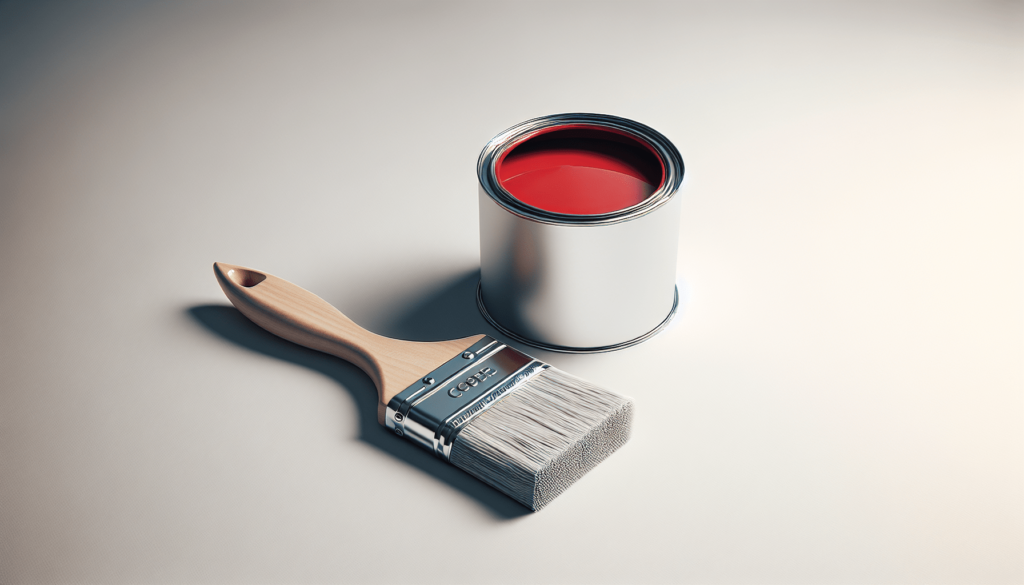
Limitations of Using a Chip Brush
Not Suitable for Fine Detailing
Chip brushes are not ideally suited for fine detailing due to their rough-edge bristles. For jobs requiring precision, other brushes with finer, softer bristles would be more appropriate.
Potential for Shedding
Due to the lower cost and construction of chip brushes, there is a potential for bristle shedding, especially with prolonged use. However, shedding can be minimized with proper cleaning and storage.
Requires Practice
Like any painting tool, using a chip brush effectively requires practice. While their characteristics can facilitate a rustic, textured look, achieving consistency and control of those effects can take time to master.
Conclusion
Summary of the Chip Brush’s Potential and Limitations
In conclusion, a chip brush is a wonderfully versatile and economical tool to have in your painting kit. Its robust and rough-edge bristles lend themselves well to painting large surfaces, staining, and creating unique textures. However, remember, their limitations include a lack of precision for detailing, potential for shedding, and a required learning curve to utilize their full potential.
Encouragement to Explore and Experiment
Choosing the right tools is essential for achieving your envisioned outcome. So, don’t be discouraged by the potential limitations of a chip brush. Experiment, practice and you will find that chip brushes can open up a whole new world of possibilities in your painting or staining projects. Remember, every tool has its unique strengths, and with time and practice, you can harness the potential of each one effectively.
